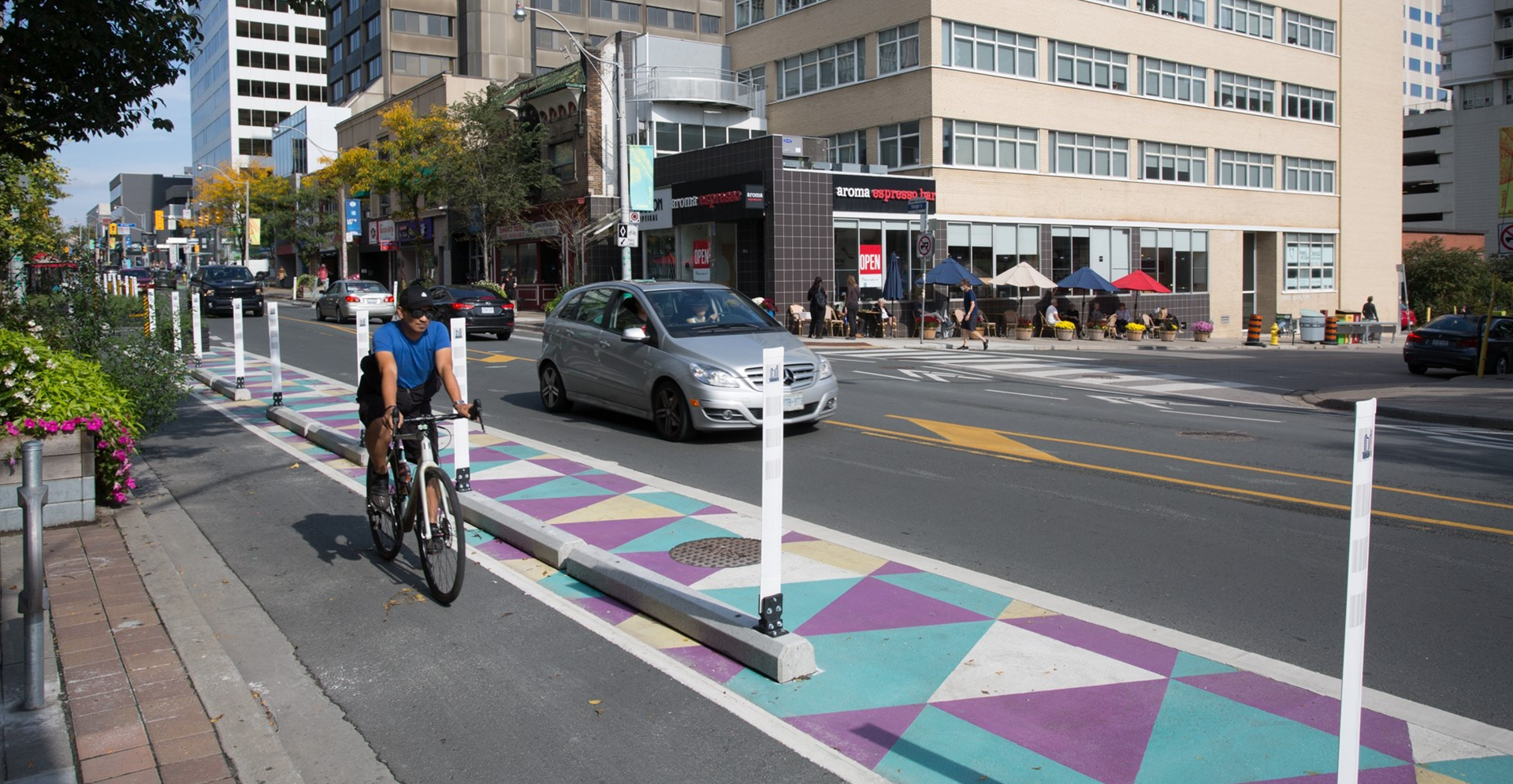Table of Contents
The challenge
There is a lack of readily available digital data on how different transport modes will influence someone’s travel experience in cities such as London
4.8%
potential reduction in CO2 from optimized mobility hub use.
People have numerous mobility options for how they can travel to cities like London, however, there isn’t a single mobile application that helps them make their decision that considers cost, journey times and ease of travel, for example across multiple modes and to suit personal preferences.
There is a lack of readily available digital data on how different transport modes will influence someone’s travel experience. For instance, if they choose to drive to a local railway station and take a train into London, will a parking space be available? And how much will they pay for parking? Or if instead they drive all the way into the city, how much traffic will they encounter and how will they know where to park?
As part of a multimodality pilot study initiated by the World Business Council for Sustainable Development (WBCSD), Arcadis and Fujitsu, used data from multiple sources, including Transport for the South East, Beryl and CoMoUK to look at how digital technology solutions and city policies could be introduced and leveraged to improve travel experiences for commuters and lower carbon emissions by reducing car use and encourage sustainable urban mobility choices.
The solution
Using a Social Digital Twin, we modelled how different interventions could influence commuter behaviour towards more sustainable modes of travel
12.4%
car users who transitioned to using the mobility hubs from our modelling.
Leveraging big data and AI, we modelled travel demand using Fujitsu's 'Smart Space powered by Social Digital Twin' solution to test different measures that could be introduced to positively influence customer behaviour in Reading, a town outside London. Social Digital Twin offers a new technology that combines behavioural economics models and AI to generate simulations that mirror the behaviour of people in the real world. We used it to predict the impact of different policies and intervention scenarios on the customer’s choice of transport mode.
Our first step was understanding existing commuting behaviour, and we carried out an initial survey across businesses in London to understand commuting habits and private car use, as well as influencing factors. We asked what policy interventions could encourage people to shift their behaviour and use more sustainable methods of transport for their commute.
-
READ MORE
Secondly, we looked at how modes of transportation can be integrated digitally and what is the required data framework e.g. Mobility-as-a-Service (MaaS) platforms and mobile apps. Transportation modes included five-minute mobility hubs - central locations where people can access multiple types of transport modes such as bike shares, public transit etc. – as well as parking charges and adding parking information to mobility apps. Finally, we measured the potential impact in terms of the reduced amount of CO2 emissions, commuting time and economic implications.
Using the social digital twin to analyse large amounts of data, including from bike share firm Beryl, we modelled how people could use micromobility to travel. We also used Arcadis’ ArcGIS Pro Scenario Tool, a Geographic Information Systems (GIS) mapping tool that incorporates demographic data (e.g. population density, working age) with locations of key transportation services to enable a more precise picture of local mobility needs, to plan the best locations for mobility hubs in the local area. For example, where the best place would be for commuters to hire a bike. We then looked at what impact these new mobility hubs, as well as different parking charges, could have on how people travel to and from London.

The impact
The study provides valuable insights into commuting patterns and how mobility hubs can create better travel experiences and lower emissions
The study provides valuable insights into commuting patterns and how mobility hubs and other measures can influence travel behaviour towards more sustainable modes of travel that also deliver better experiences for people and reduces the impact on the environment.
The project shows how using AI and Social Digital Twin to model transport scenarios - and having a strong culture of digital collaboration and sharing data between organizations and service providers - we can better understand policy levers that will reduce private car use and thus carbon emissions in South-East of London.
It also demonstrates how digital tools, such as Arcadis’ ArcGIS Pro Scenario Tool, can improve optimization of transport infrastructure and capital investments by leveraging data to select the ideal locations for mobility hubs. By incorporating demographic data with locations of key transportation services using GIS modelling, we’ve shown how planners and service providers can match mobility hub locations to a more precise picture of local mobility needs of commuters.
Not done reading?
This also might be interesting for you
- Related Projects
- Related Insights
- Related Blogs




